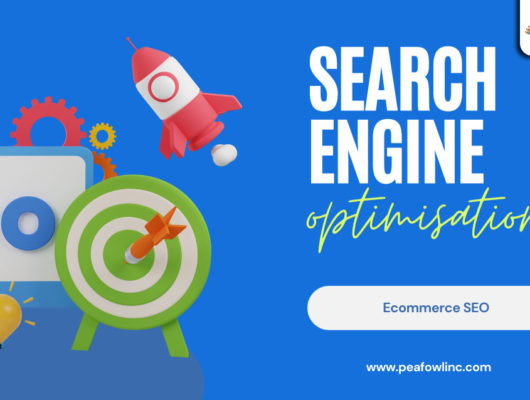Successful business strategies are developed through careful evaluation and constant improvement. At PeaFowl INC, we work with sales and marketing leaders daily to help their businesses succeed. This is why we know the importance of an excellent business strategy.
Below, we’ve answered some of the frequently asked questions about crafting an effective sales strategy to drive more sales for sales teams.
WHAT IS A BUSINESS STRATEGY?
A business strategy is a detailed plan outlining the sales tactics and processes a business organization can use to achieve its goals and gain a competitive advantage. The strategy informs your sales reps about positioning your organization and its products and services to engage buyers in a relevant way and convert qualified prospects into customers.
Any small business or organization can succeed or fail depending on its business strategy. It would help if you adapted constantly while being flexible enough to evolve according to market trends, new business objectives, and changing prospect needs.
WHO DEVELOPS THE COMMERCIAL STRATEGY?
The marketing and sales teams each play a crucial role in developing and implementing the business strategy. The best sales strategies align marketing and sales team processes to achieve desired sales goals. This is because many marketing activities (and associated content resources) can help generate new leads and ultimately increase sales.
Sales enablement connects these two teams, promoting greater efficiency, speed, and continuity of operations during the execution of business strategy. Sales enablement team members can then plan and execute initiatives powered by your sales strategy. This can help your sales reps prepare for a sale with training that ensures all marketing materials are used effectively.
HOW DO YOU DEVELOP A COMMERCIAL STRATEGY?
Designing a new strategy can be difficult, but every successful business strategy starts with the following steps:
Clearly Define Your Business Goals
Quickly set clear revenue and business performance goals so you can then measure success as accurately as possible. Remember that a good goal is SMART (specific, measurable, achievable, realistic, and time-bound) and reflects overall business goals.
To effectively achieve SMART goals, sales leaders must meet regularly with company executives to ensure that overall business strategies align with current market trends and organizational needs. Next, they should evaluate past performance indicators to determine if current goals are realistic.
Examine Your Product Offering and Create an Ideal Customer Profile
You should always ensure that your product meets customer needs. A fair product-market fit gives sales reps the best chance of transmitting value and closing sales. Here’s how to achieve it:
- Start by creating your Ideal Customer Profile (ICP) by analyzing market trends and feedback from your current customers. Additionally, assess your target demographics and take advantage of typical KPI characteristics like industry, company size, and generalized region.
- Consider how your product creates value and ask yourself if this value proposition still solves the pain points of the target customer revealed when creating your KPI.
- Take your time. Communication around the product is the pillar of your commercial strategy and will consolidate your next step…
Evaluate Your Prospecting Strategy
After spending a lot of time and resources developing your KPI (and making any necessary changes to your product), prospecting should be subsequent to your priority list.
Prospecting is the process that allows sales professionals to find potential customers who match their company’s KPI. The goal is to identify the people most likely to become customers and move them forward through the sales funnel. Then, the stage is set for sales reps to provide those prospects with everything they need, right down to the sale.
Align Your Business Strategy With Marketing Initiatives
When sales and marketing operate in separate silos, it is often challenging to execute a business strategy. So, in developing your strategy, it’s time to assess your marketing team’s activities (from content to lead generation) and ensure they’re designed to support your business goals effectively.
Indeed, your business strategy’s success depends on your alignment strategy’s success. As part of your alignment efforts, marketing activities should be optimized to attract prospects who resemble your KPIs. This will allow marketers to help convert those leads by creating and posting helpful content tailored to KPIs’ needs and concerns.
Implement, Evaluate, Repeat
Once you’ve completed steps one through five, your final task is to set a timeline and communicate your strategy to all teams involved. Each team should clearly understand every part of your business plan, from its goals to its strategic initiatives, as well as its timeline for execution.
Once your strategy is fully implemented, establish a schedule for continuous evaluation over time. This will help pinpoint areas for improvement that can drive growth.
SELL SUCCESSFULLY
Ready to develop an effective business strategy? While there are many different business strategies, these steps can be the foundation for your sales department’s success, regardless of business size – from start-up to well-established company.
When creating and executing your business strategy, you’ll be better equipped to increase conversion rates, align your marketing, sales, and sales enablement teams, and drive collaboration at scale to achieve the company’s business objectives.







